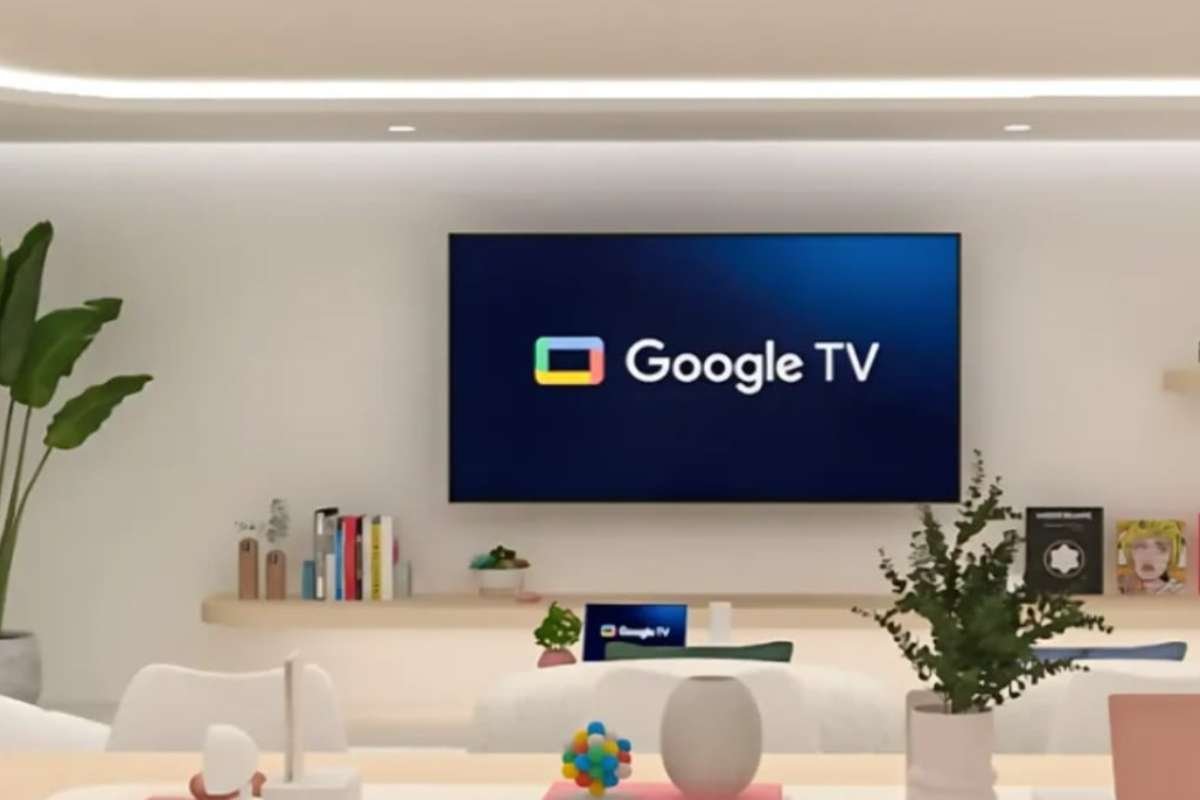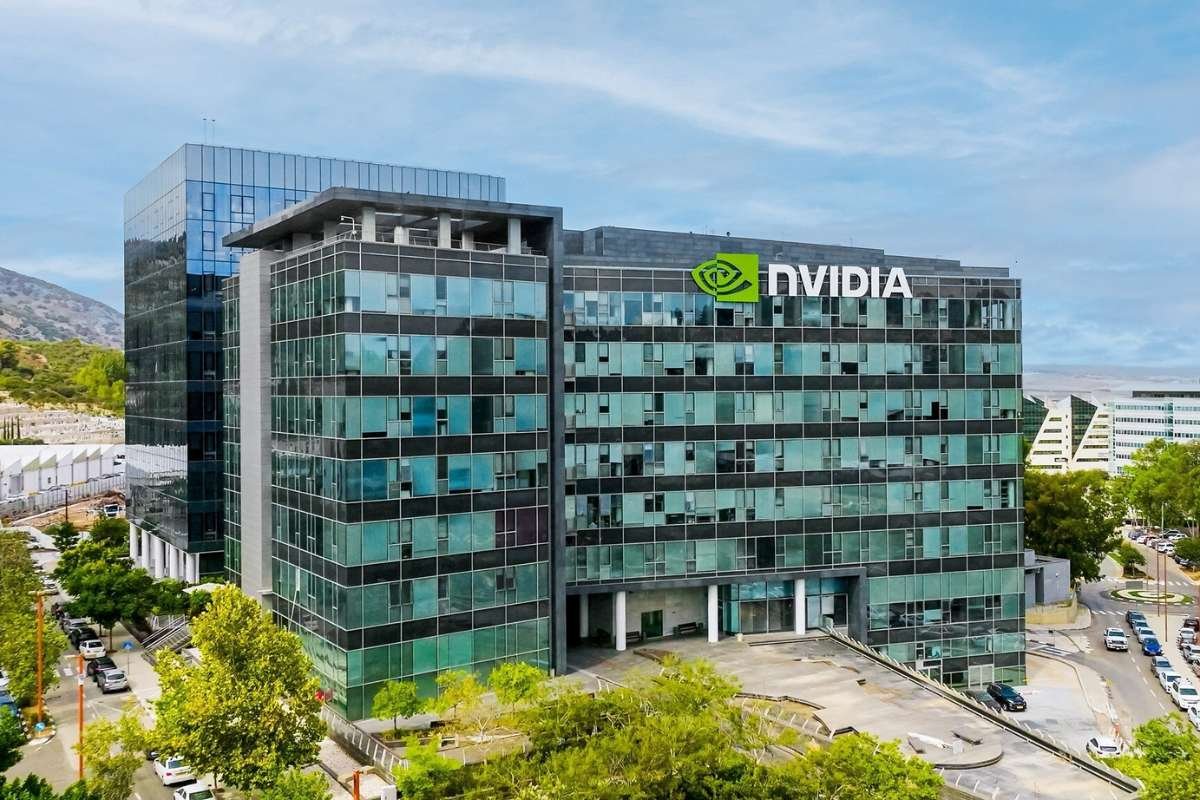Google has officially confirmed a major shift in its approach to Android TV updates, opting for a two-year upgrade cycle instead of the annual releases it previously followed. This Google TV update strategy became evident after the company skipped Android 13 for TV devices—a move initially seen as an anomaly but now revealed to be part of a broader strategy. The confirmation came through Google’s invitation for its upcoming I/O developer conference scheduled for May 20–21, where it stated that the next Android version for TV will be Android 16. This indicates that Android 15, like Android 13 before it, will be bypassed entirely for TV platforms, solidifying a pattern of skipping odd-numbered releases.
Android 14 Slowly Rolls Out to TV Devices
The latest Android version to reach TV platforms is Android 14, which recently rolled out as part of a Google TV update to the Chromecast with Google TV. However, this update arrived well after Android 14 had been made available for mobile devices, highlighting the lag in software parity between Google’s mobile and TV ecosystems.
Currently, most televisions that run Google TV still operate on Android 12 or earlier, indicating that the transition to Android 14 is still in its early stages. Philips is among the few manufacturers to publicly embrace the new version, announcing that its 2025 TV models will launch with Android 14. Other TV or media player manufacturers have yet to comment on their upgrade plans, leaving uncertainty around wider industry adoption.
Google vs. Apple – Contrasting Upgrade Models
Google’s shift to a biennial update cycle for Android TV stands in stark contrast to Apple’s strategy for its Apple TV 4K platform. Apple provides all of its Apple TV devices with the latest software updates on the day they are released, ensuring consistency and feature parity across its ecosystem. This difference may impact consumer expectations, particularly for those seeking long-term software support and timely feature rollouts in their smart TVs.
With Google now skipping two successive odd-numbered Android versions for TV and focusing only on even-numbered updates, the company appears to be streamlining development but at the cost of more frequent updates. As the smart TV market continues to grow, this new approach to Google TV updates could shape future trends in software support and manufacturer commitments across the Android TV landscape.






